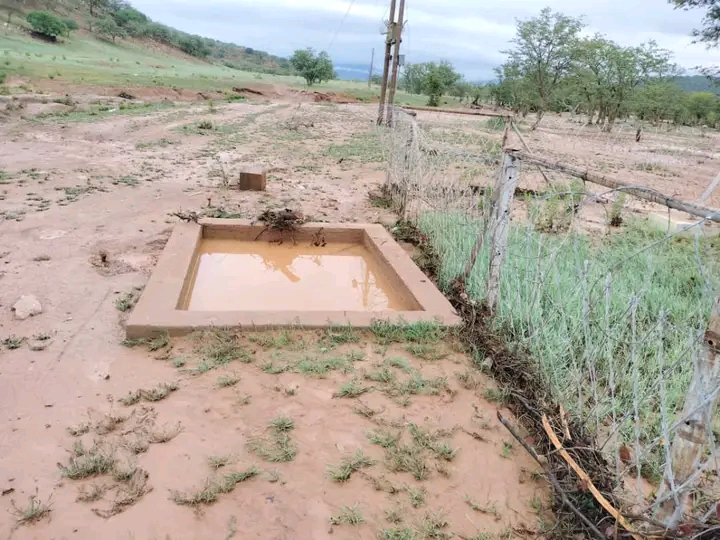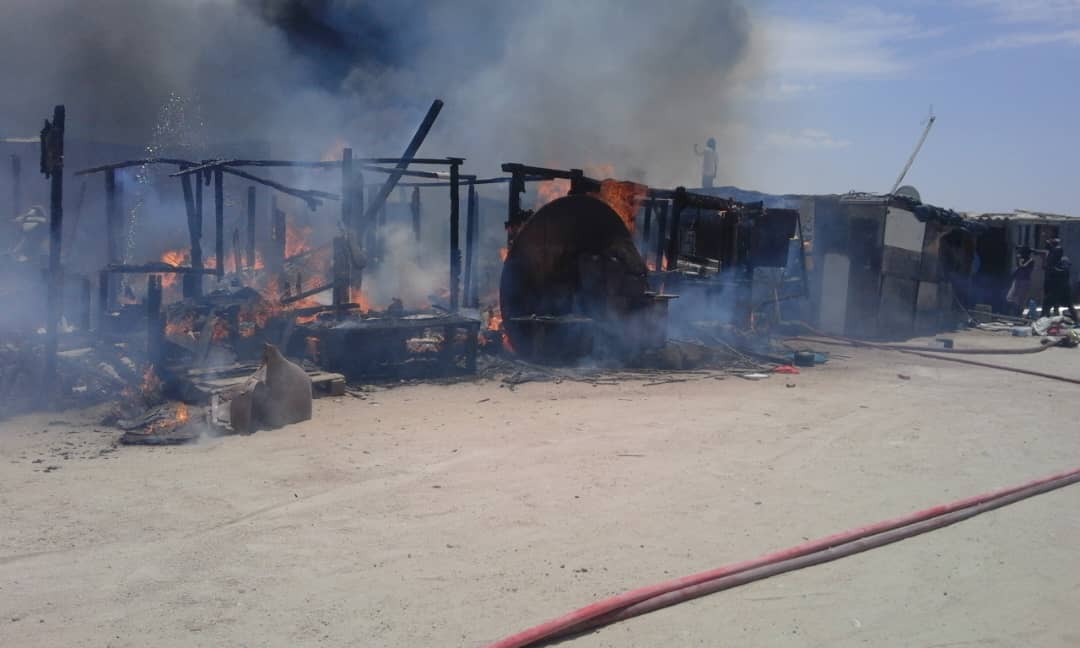AN act of kindness aimed at a child that a Dutch couple took into their care may have caused the aircraft crash that claimed three lives at Hoachanas last December.
The Cessna 182 aircraft that crashed on December 6 collided with a powerline while flying too low – possibly so that two Dutch visitors, Johann Derk Brouwer (66) and his wife Helke Brouwer-Wickardt (63), could wave at a child they were helping to care for. This was stated in the official report on the investigation that was released last week.The report indicates that a team of investigators from the Ministry of Works, Transport and Communication’s Directorate of Aircraft Accident Investigation found no pre-accident mechanical faults with the aircraft.It crashed after colliding with the powerline, killing the Brouwer couple and German-born pilot Christoph Sigwart (64) on impact.The accident was simply the result of what was probably an error on the part of the pilot, the report indicates.It states that the investigations “concluded that the accident occurred as a result of flying very low, below the legal minimum flight altitude”.The Director of Aircraft Accident Investigations, Mwangi Kamau, investigator Ananias Shivute and an investigations consultant in the Directorate, Captain Harry Eggerschwiler, concluded the report by strongly recommending that pilots should refrain from low flying since it compromised safety.The accident took place on a clear day with wind described in the report as “calm” at about 11h30 on December 6, 2002.Shortly before the crash, Sigwart and his passengers had taken off from the Bitterwasser Lodge and Flying Centre some 8 kilometres north-west of Hoachanas.Their destination was Hosea Kutako International Airport, some 170 km north of Bitterwasser, since the Brouwers were set to catch a flight from there back to Europe.However, instead of turning in the direction of Hosea Kutako after take-off, Sigwart headed in the direction of Hoachanas.Sigwart was an experienced pilot, having clocked some 1 439 hours at the controls of aeroplanes and 1 300 hours in the sort of gliders for which Bitterwasser has become internationally renowned.Sigwart was also a director of Bitterwasser, having been closely involved with the gliding centre for years.A few hundred metres north of Hoachanas, a powerline passes over the C15 road that runs through the town, the report shows.That 11 metre-high power line had been in place for two months by the time the accident took place.According to the investigators, an eyewitness who stood about 200 m from the powerline stated that the aircraft came in flying very low – about one metre above the electrical line.It was flying straight and level before it suddenly dipped downwards, trying to avoid the powerline.However, its propeller connected the line, cutting it, before the aircraft crashed into the road some 87 m away, bounced and then came to a rest upside down, pointing back towards the line, another 75 m away.The aircraft was badly damaged but here was no post-impact fire.All three occupants were killed by multiple trauma involving various fractures and other injuries.The distance from the first point of collision to the house at Hoachanas where the child that the Brouwers were sponsoring was living, is about 600 metres, the report states.”It was suspected that the couple might have asked the pilot to fly to Hoachanas so that they could wave good-bye to the child.”The plane was flying at a speed of about 130 knots (240 km/h).”This was a non-survivable accident,” according to the report.This was stated in the official report on the investigation that was released last week.The report indicates that a team of investigators from the Ministry of Works, Transport and Communication’s Directorate of Aircraft Accident Investigation found no pre-accident mechanical faults with the aircraft.It crashed after colliding with the powerline, killing the Brouwer couple and German-born pilot Christoph Sigwart (64) on impact.The accident was simply the result of what was probably an error on the part of the pilot, the report indicates.It states that the investigations “concluded that the accident occurred as a result of flying very low, below the legal minimum flight altitude”.The Director of Aircraft Accident Investigations, Mwangi Kamau, investigator Ananias Shivute and an investigations consultant in the Directorate, Captain Harry Eggerschwiler, concluded the report by strongly recommending that pilots should refrain from low flying since it compromised safety.The accident took place on a clear day with wind described in the report as “calm” at about 11h30 on December 6, 2002.Shortly before the crash, Sigwart and his passengers had taken off from the Bitterwasser Lodge and Flying Centre some 8 kilometres north-west of Hoachanas.Their destination was Hosea Kutako International Airport, some 170 km north of Bitterwasser, since the Brouwers were set to catch a flight from there back to Europe.However, instead of turning in the direction of Hosea Kutako after take-off, Sigwart headed in the direction of Hoachanas.Sigwart was an experienced pilot, having clocked some 1 439 hours at the controls of aeroplanes and 1 300 hours in the sort of gliders for which Bitterwasser has become internationally renowned.Sigwart was also a director of Bitterwasser, having been closely involved with the gliding centre for years.A few hundred metres north of Hoachanas, a powerline passes over the C15 road that runs through the town, the report shows.That 11 metre-high power line had been in place for two months by the time the accident took place.According to the investigators, an eyewitness who stood about 200 m from the powerline stated that the aircraft came in flying very low – about one metre above the electrical line.It was flying straight and level before it suddenly dipped downwards, trying to avoid the powerline.However, its propeller connected the line, cutting it, before the aircraft crashed into the road some 87 m away, bounced and then came to a rest upside down, pointing back towards the line, another 75 m away.The aircraft was badly damaged but here was no post-impact fire.All three occupants were killed by multiple trauma involving various fractures and other injuries.The distance from the first point of collision to the house at Hoachanas where the child that the Brouwers were sponsoring was living, is about 600 metres, the report states.”It was suspected that the couple might have asked the pilot to fly to Hoachanas so that they could wave good-bye to the child.”The plane was flying at a speed of about 130 knots (240 km/h).”This was a non-survivable accident,” according to the report.
Stay informed with The Namibian – your source for credible journalism. Get in-depth reporting and opinions for
only N$85 a month. Invest in journalism, invest in democracy –
Subscribe Now!










